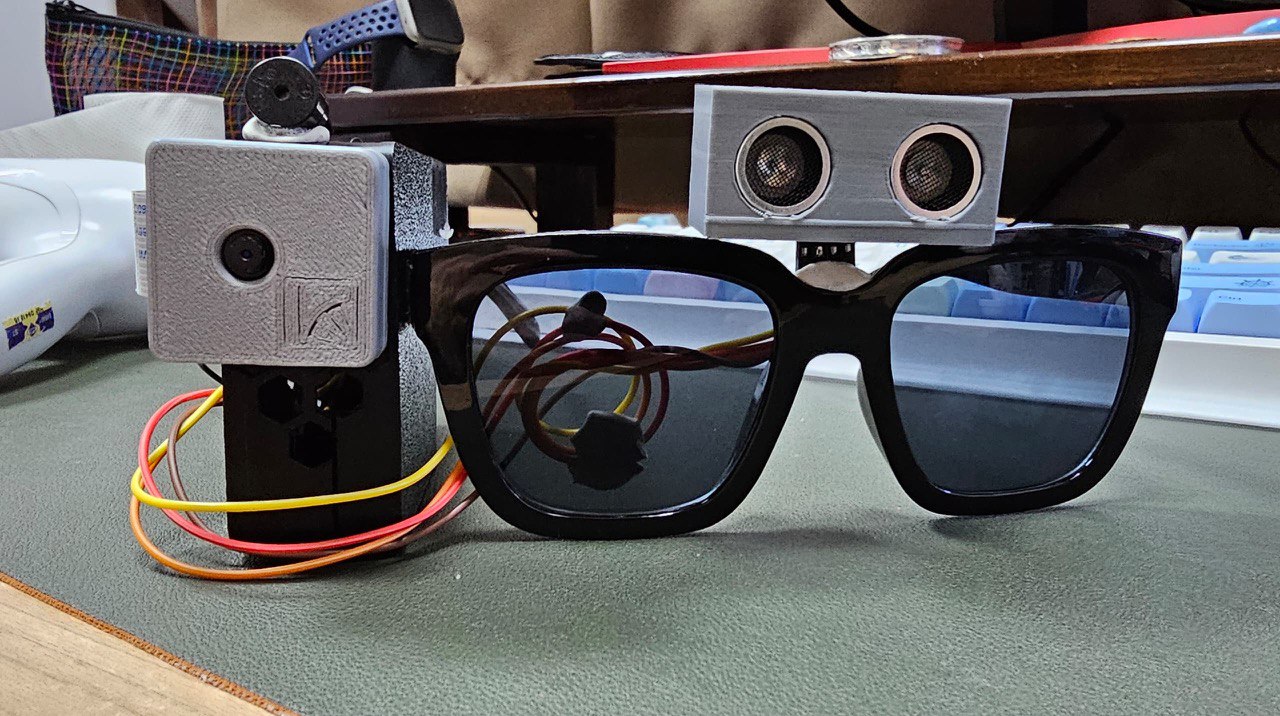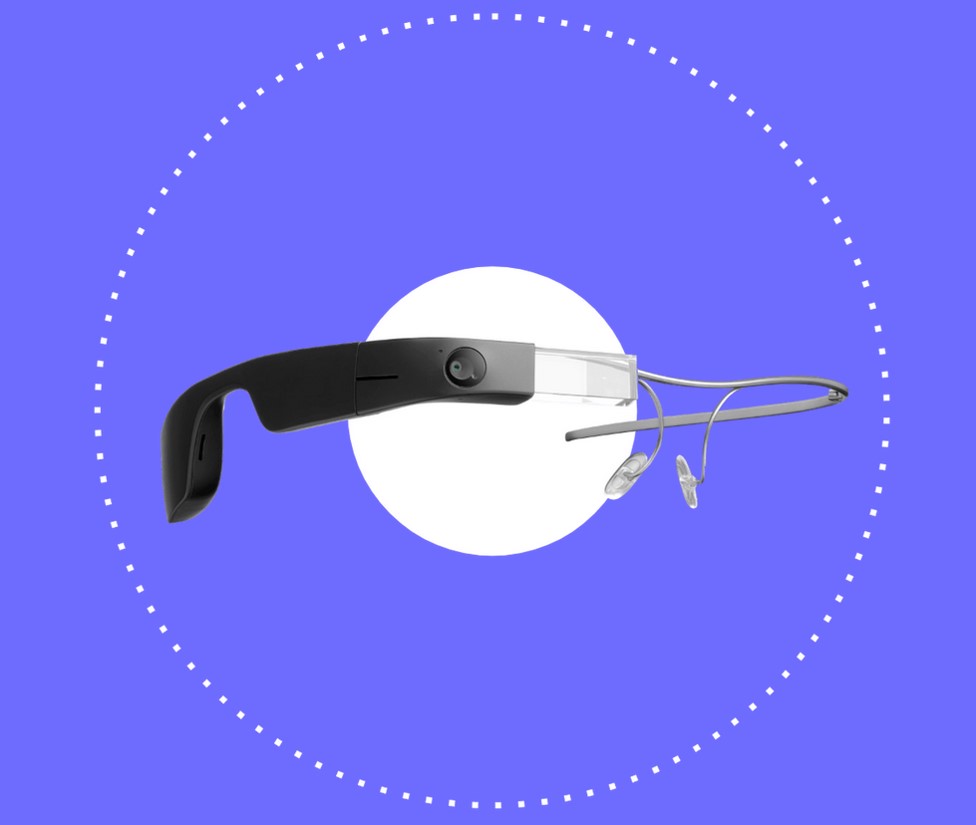Enhancing Access Through Assistive Technology for the Blind
The combination of assistive technology for the blind represents a pivotal innovation in availability, fundamentally modifying just how individuals navigate their settings and involve with society. From display readers to innovative wise walking canes, these devices not just improve freedom yet also advertise inclusivity in various rounds of life. As we discover the varied kinds of assistive gadgets and their tangible impacts on everyday living, it becomes important to take a look at just how ongoing technical improvements are reshaping the landscape of assistance for the blind neighborhood. What implications do these advancements hold for the future of ease of access?
Summary of Assistive Innovation
Assistive technology refers to a variety of tools and software program made to improve the capacities of individuals with specials needs, consisting of those who are blind or aesthetically damaged. This innovation plays a critical function in advertising independence and improving the top quality of life for users. By supplying different approaches for accessing information and carrying out everyday jobs, assistive modern technology empowers individuals to browse their atmospheres more properly.
The development and execution of assistive innovation accept a variety of principles intended at cultivating access. These concepts include user-centered layout, which focuses on the needs and choices of the individual, and the combination of technology into everyday activities. Such innovations guarantee that assistive tools are not just functional but also intuitive and very easy to use.
In addition, assistive technology encompasses a varied range of options, from low-tech choices like magnifiers to high-tech innovations such as display viewers and Braille screens. The recurring evolution of this area is driven by the need to deal with the distinct difficulties dealt with by individuals with visual impairments (Wearable technology for low vision). As modern technology remains to development, the potential for enhancing access and promoting inclusivity stays encouraging, ultimately adding to a much more fair culture

Kinds Of Assistive Gadgets
Numerous sorts of assistive devices are available to support individuals who are aesthetically impaired or blind, each made to attend to specific requirements and challenges. These gadgets can be broadly categorized right into three primary types: low-tech, mid-tech, and modern services.
Low-tech gadgets include things such as magnifiers, Braille labels, and responsive maps. These are reasonably basic devices that boost the user's capability to connect with their environment without needing complicated technology.
Mid-tech tools often include much more advanced functions, such as digital magnifiers and mobile Braille note-takers. These tools can offer capabilities like speech result, allowing users to accessibility details extra effectively.

Effect On Daily Living
The schedule of different assistive tools substantially improves the quality of life for people that are visually impaired or blind, influencing their day-to-day living in extensive methods. By incorporating innovations such as screen visitors, Braille shows, and audio description services into their routines, individuals acquire better autonomy and freedom. These tools help with accessibility to info, allowing people to carry out day-to-day tasks, such as checking out e-mails, navigating public rooms, and appreciating media content.
In addition, assistive tools equip individuals to engage more totally in social interactions and community activities. The ability to use smartphones furnished with access functions enables smooth communication and link with others. This connectivity promotes a sense of belonging and lowers sensations of isolation.
In expert settings, assistive modern technology sustains efficiency by enabling individuals to full job tasks successfully. Devices like voice acknowledgment software program and specialized zoom devices allow customers to join the workforce on equal ground with their sighted peers.

Advancements in Modern Technology
Recent technical innovations have actually dramatically transformed the landscape of tools offered for individuals who are visually impaired or blind. The assimilation of synthetic knowledge (AI) and artificial intelligence has actually generated applications that improve navigation and object recognition. Mobile phone applications can now make use optical of AI to identify and explain environments in real-time, giving customers with important contextual information.
In addition, improvements in haptic technology have actually resulted in the advancement of clever walking sticks furnished with sensing units that detect barriers and supply responsive responses. This encourages customers to navigate their setting with increased self-confidence and independence. Developments in text-to-speech software program and braille display screens have actually boosted the availability of digital content, enabling for seamless communication with different media.
Wearable technologies, such as clever glasses, are likewise making strides in aiding aesthetic disability. As technology proceeds to evolve, the possibility for also more transformative devices continues to be on the perspective.
Future Trends and Innovations
As technology rapidly proceeds, the future of assistive devices for individuals who are blind holds immense assurance. Developments in expert system (AI) and machine understanding are poised to transform the way blind users interact with their environments. AI-driven applications are being developed to improve things acknowledgment, permitting customers to recognize and navigate their surroundings with greater ease and accuracy.
Furthermore, developments in haptic feedback innovation are allowing the creation of tactile maps and navigating help that offer real-time details with touch. These innovations not only boost mobility however likewise foster independence. Furthermore, wearable tools geared up with enhanced reality (AR) attributes are emerging, providing individuals aesthetic information with sound summaries, consequently connecting the void between the physical and electronic globes.
In addition, the assimilation of wise home modern technology offers new chances for ease of access, permitting people to regulate their living atmospheres with voice commands or mobile phone applications. As collaboration between tech designers and the visit this site blind neighborhood proceeds, the focus on user-centered style will certainly make sure that future advancements are customized to fulfill the special requirements of this populace (Wearable technology for low vision). The trajectory of assistive technology guarantees a much more inclusive and empowering future for individuals who are blind
Final Thought
To conclude, assistive technology plays an essential role in boosting availability for people with aesthetic disabilities. The varied variety of gadgets, consisting of screen viewers and smart canes, considerably enhances everyday living and fosters independence. Continuous innovations in technology and user-centered layout make sure that these tools provide effectively to the one-of-a-kind requirements of the blind community. As technologies progress, increased inclusivity and empowerment can be expected, eventually enhancing the quality of life for those impacted by visual problems.
The combination of assistive modern technology for the blind represents a crucial improvement in access, basically modifying how people browse their environments and involve with society.Assistive innovation refers to an array of gadgets and software program created to improve the abilities of individuals with disabilities, consisting of those who are aesthetically impaired or blind. Wearable technology for low vision.As modern technology swiftly progresses, the future of assistive tools for individuals that are blind holds enormous pledge. The trajectory of assistive technology guarantees a much more comprehensive and empowering future for people who are blind
In conclusion, assistive innovation plays a vital duty in enhancing access for people with aesthetic get more impairments.